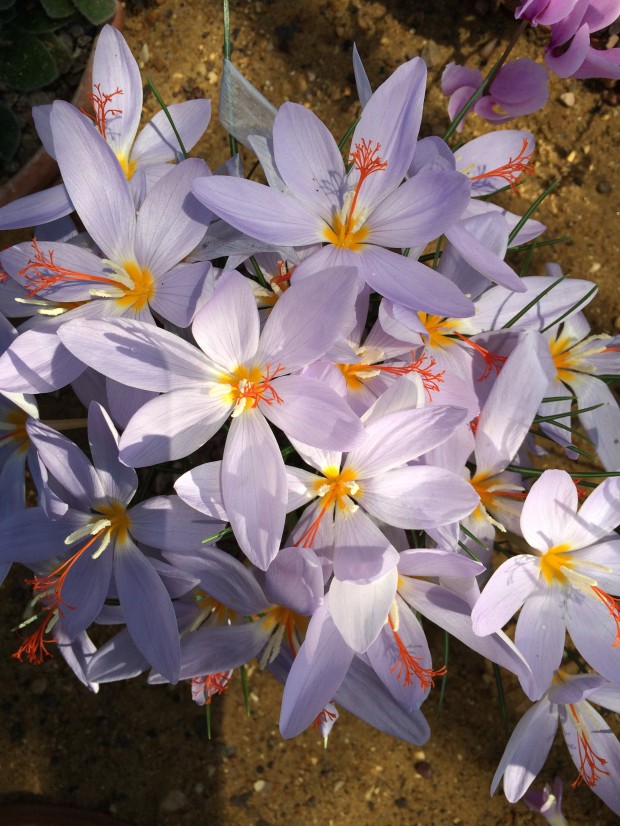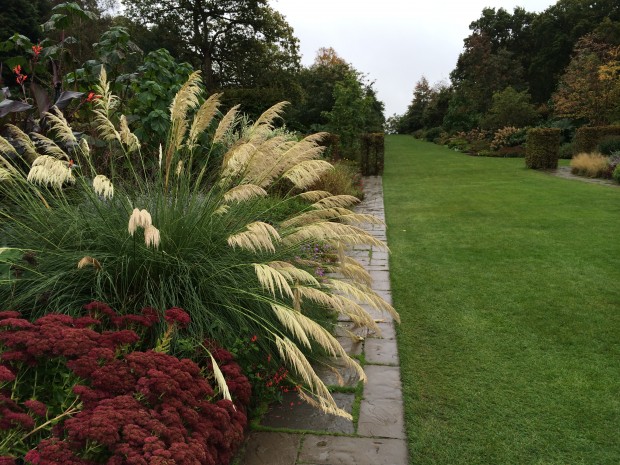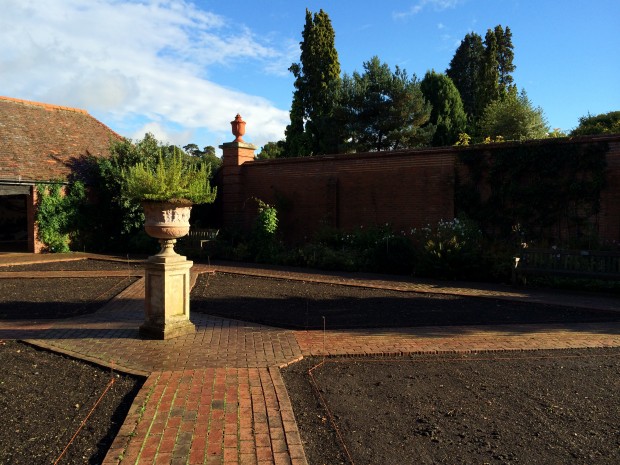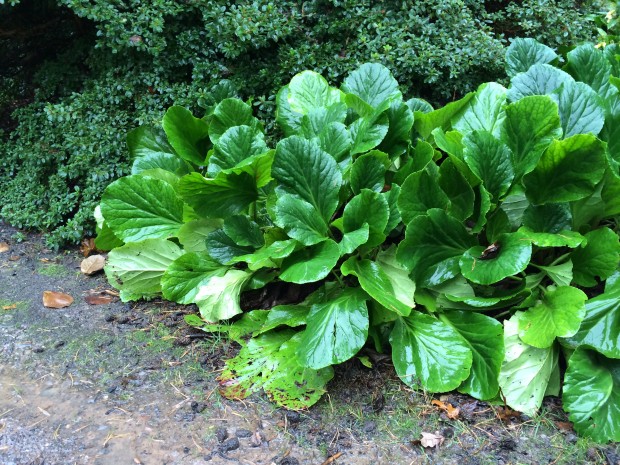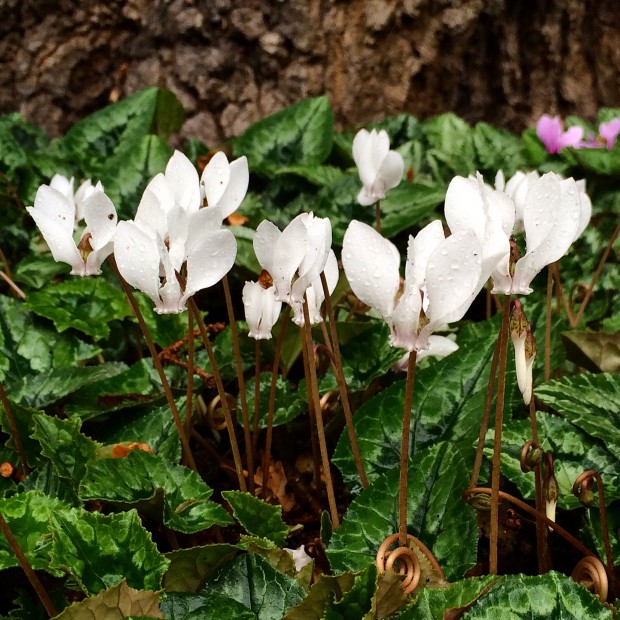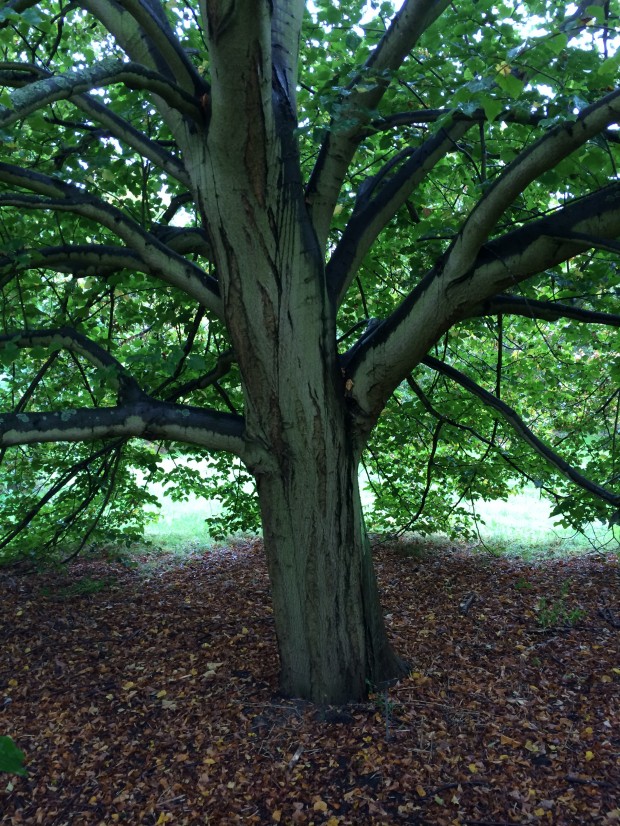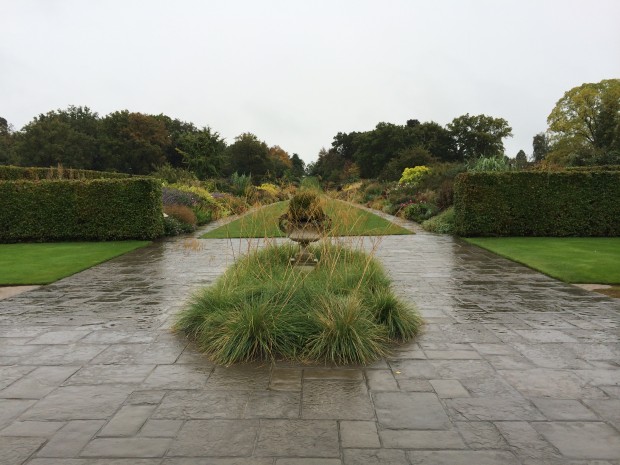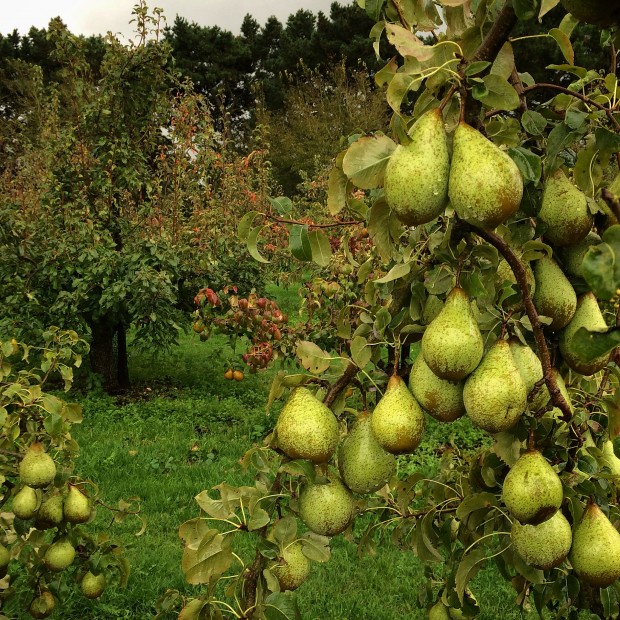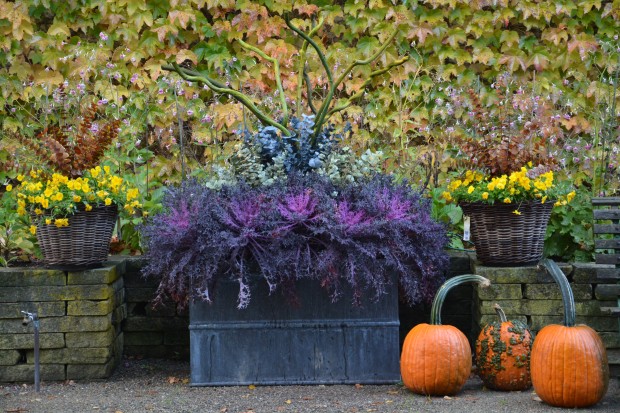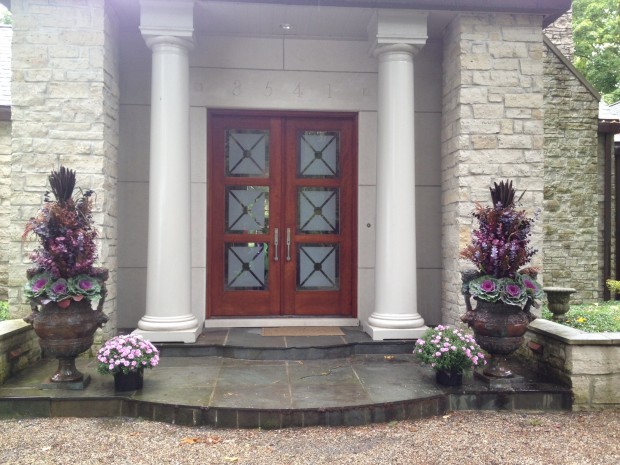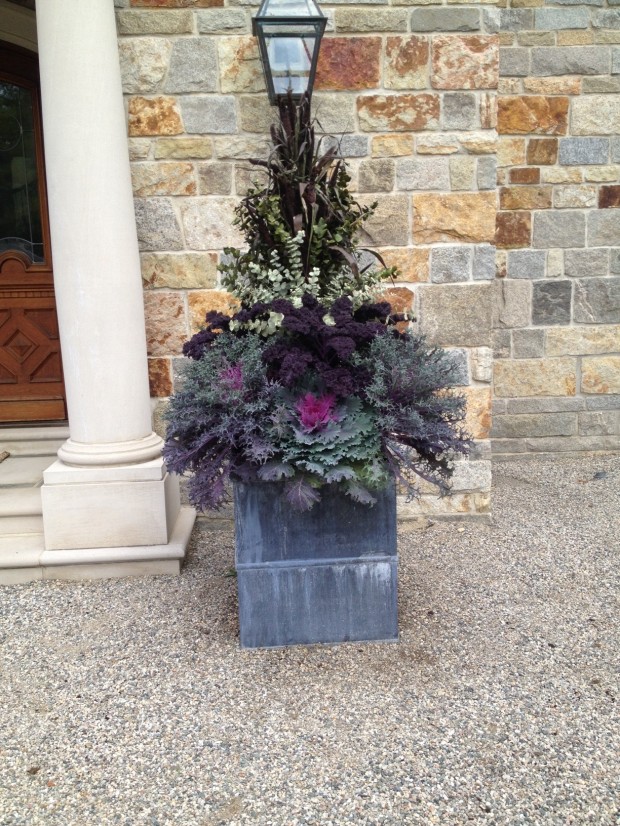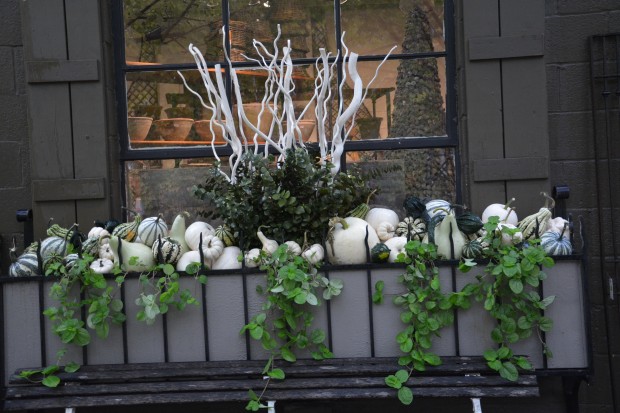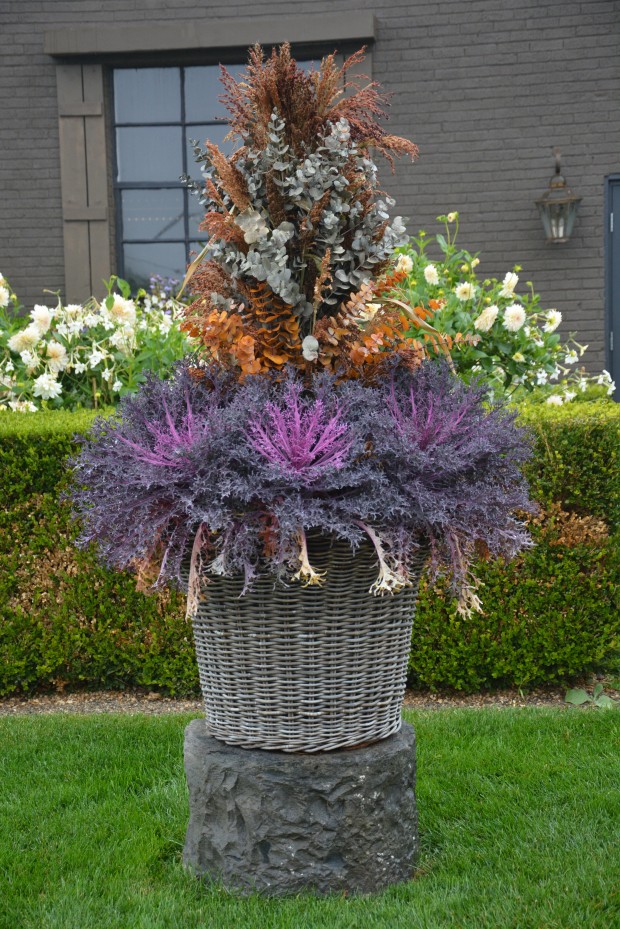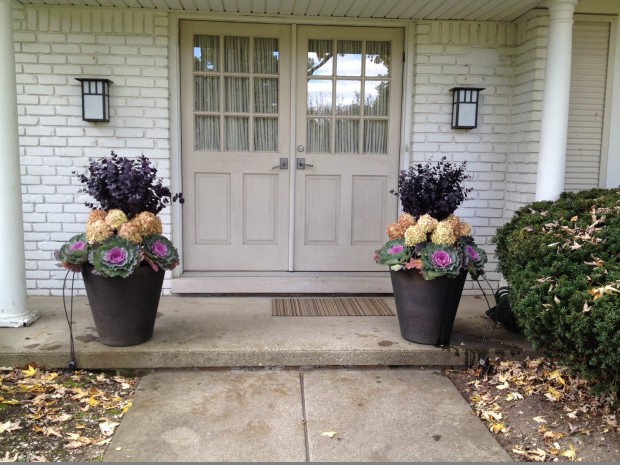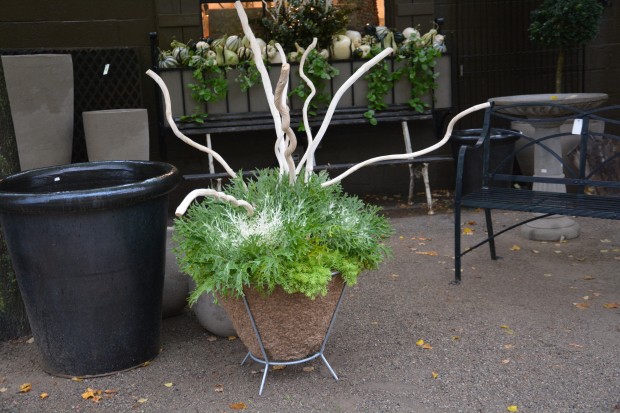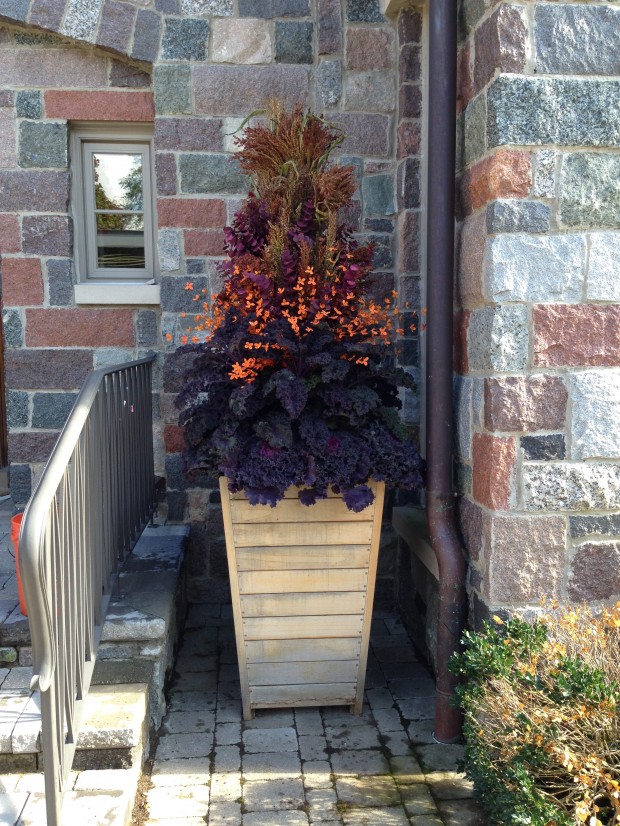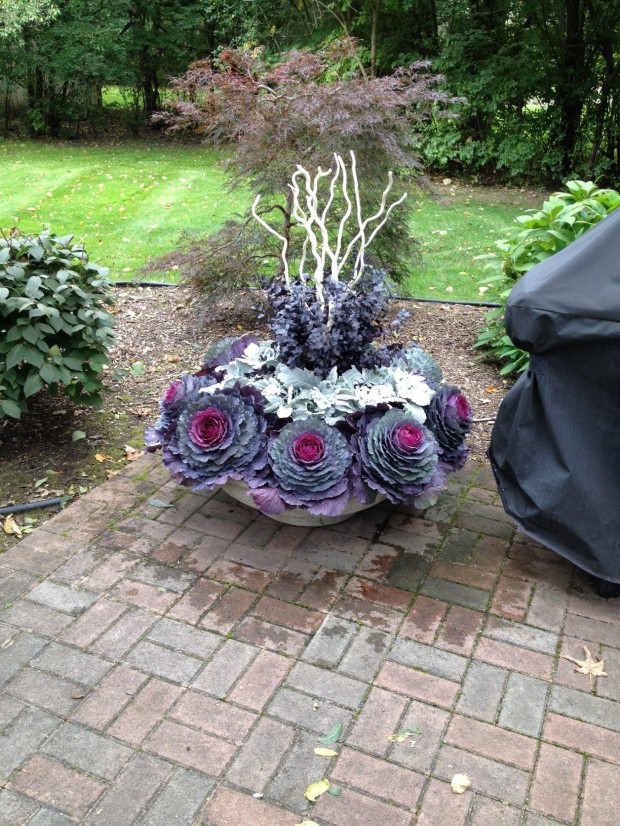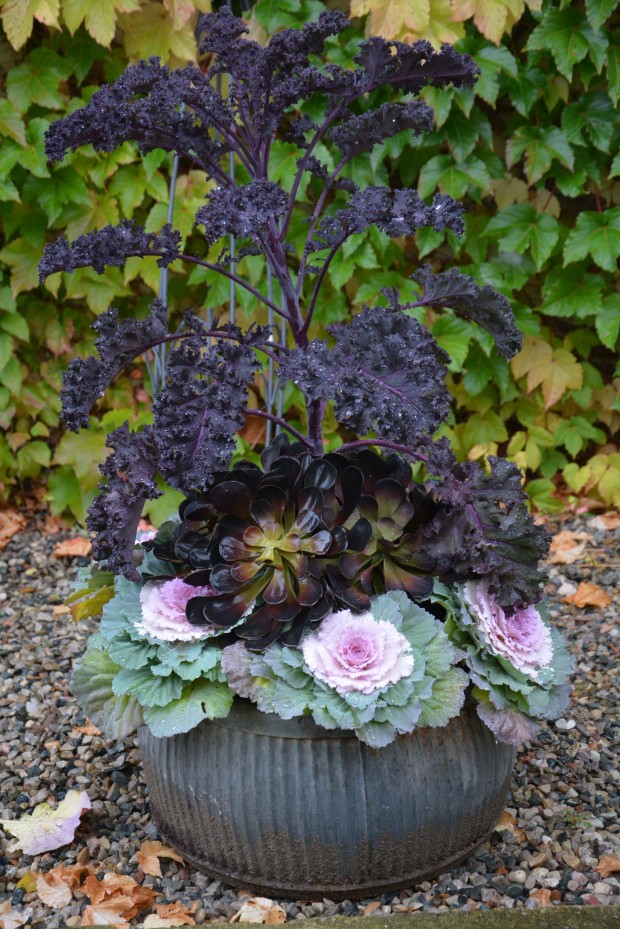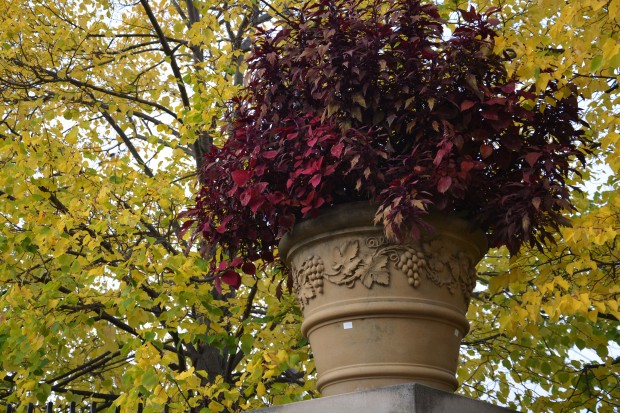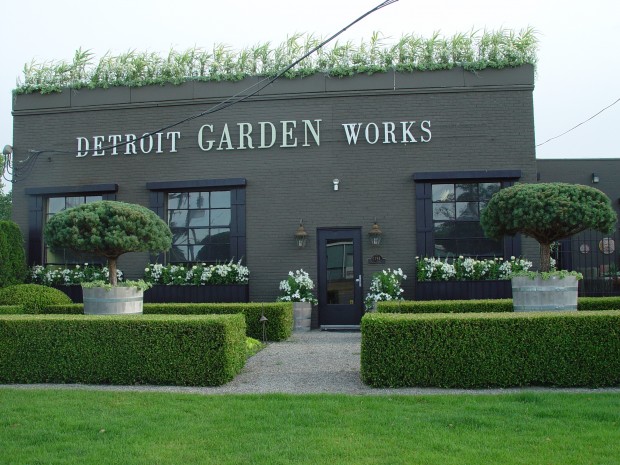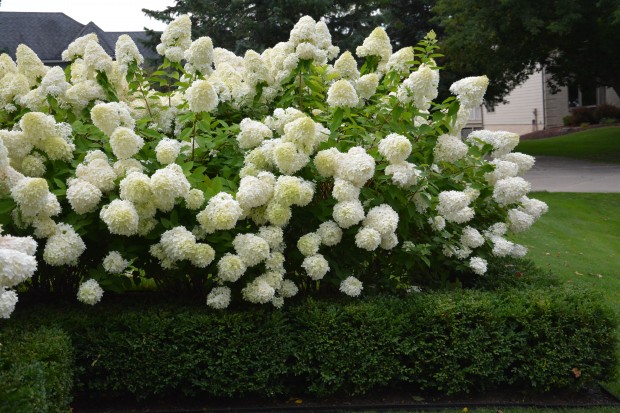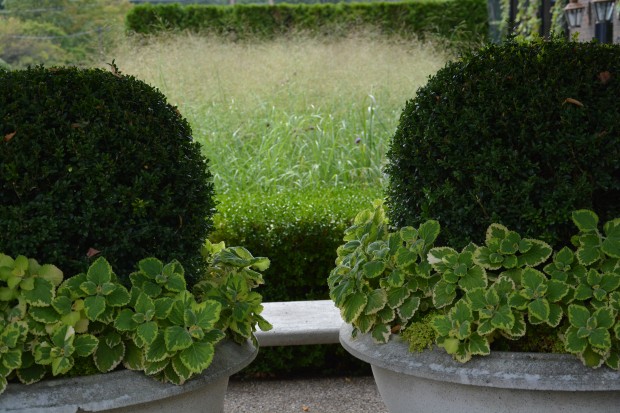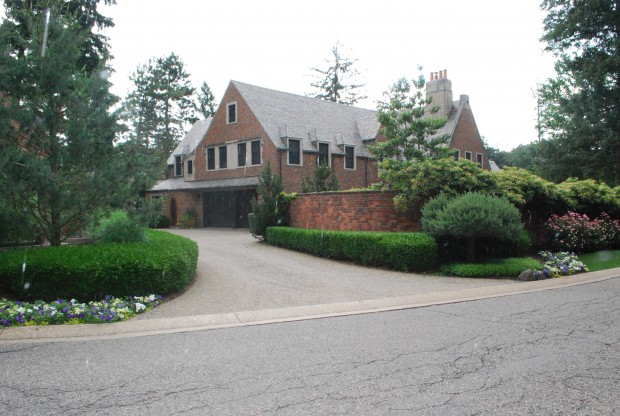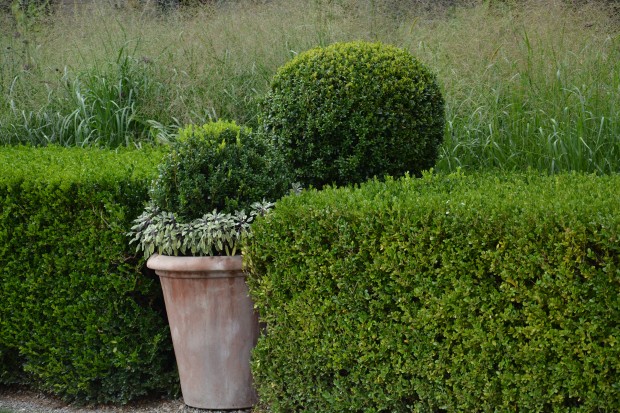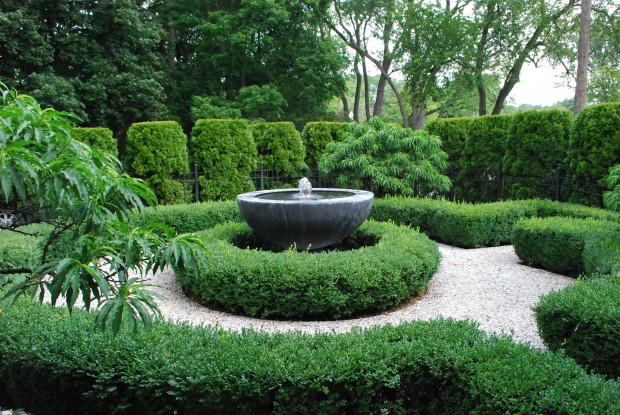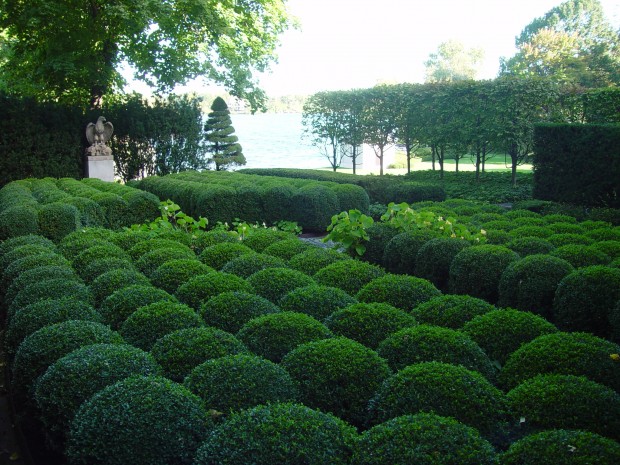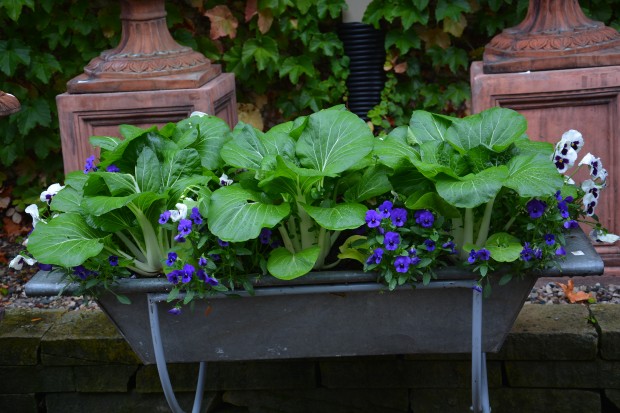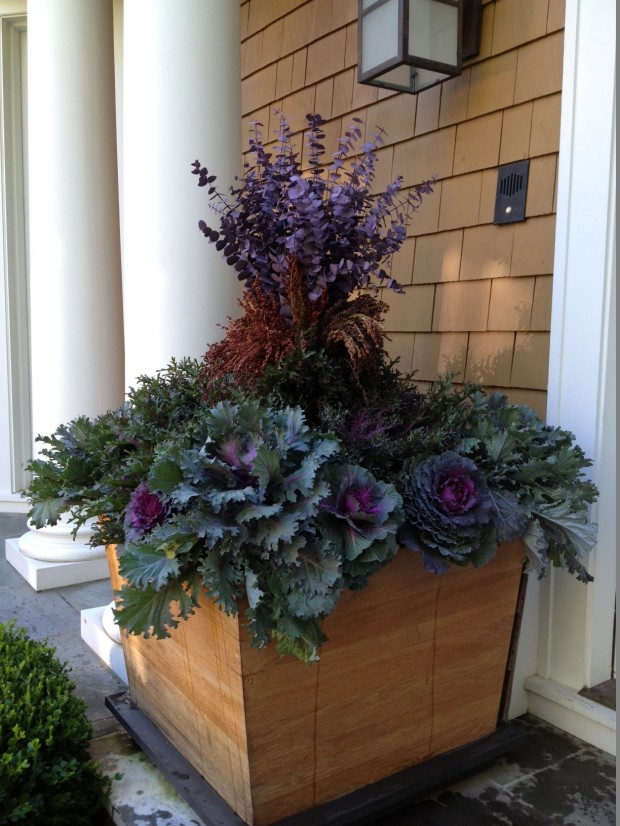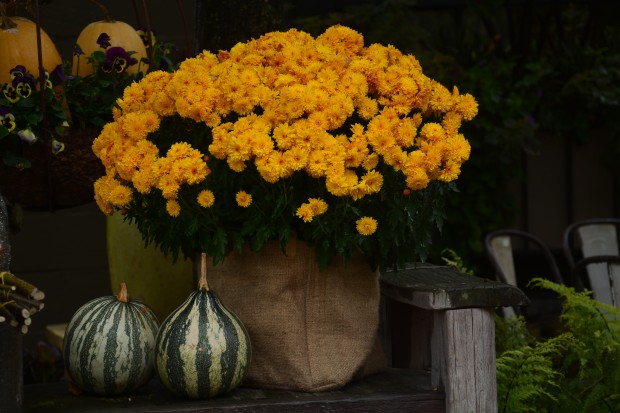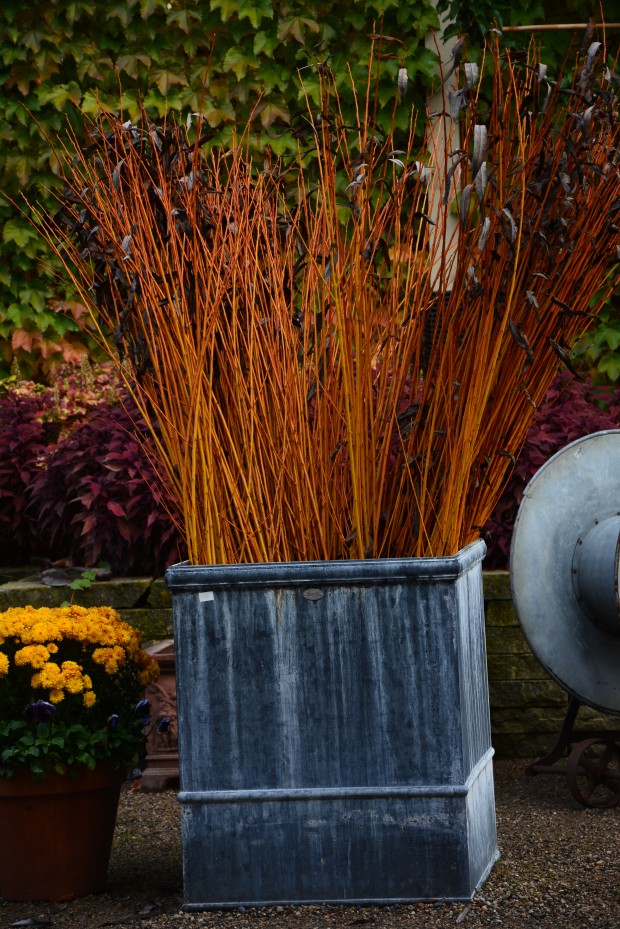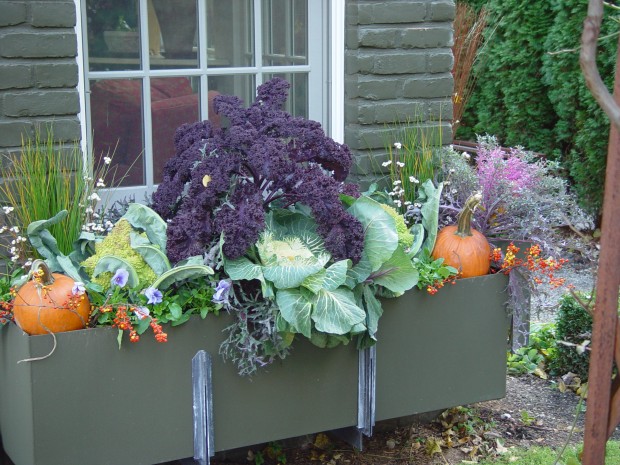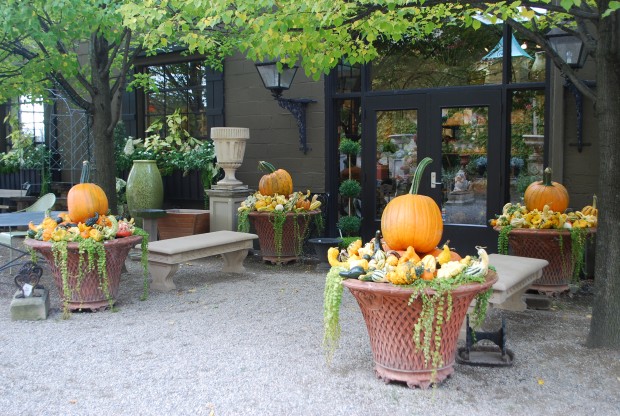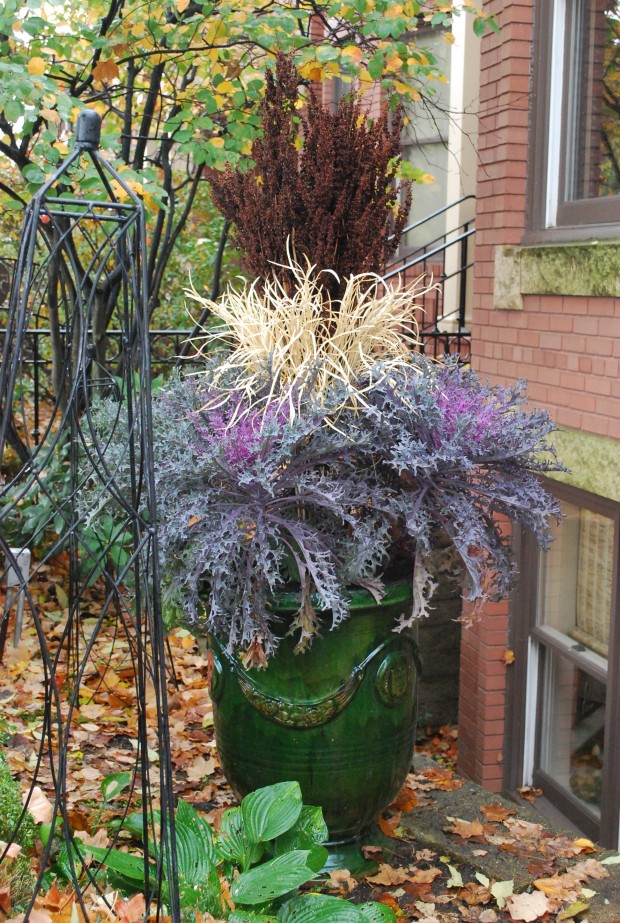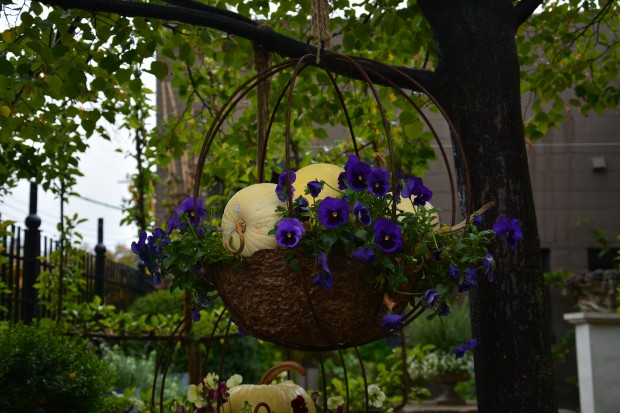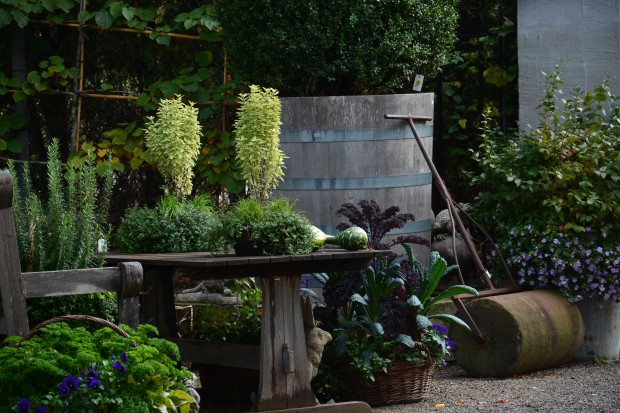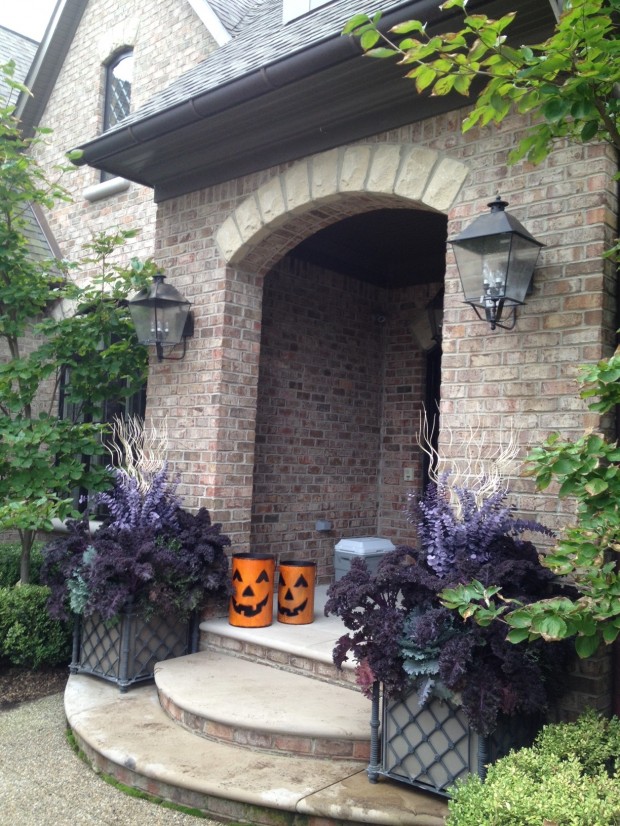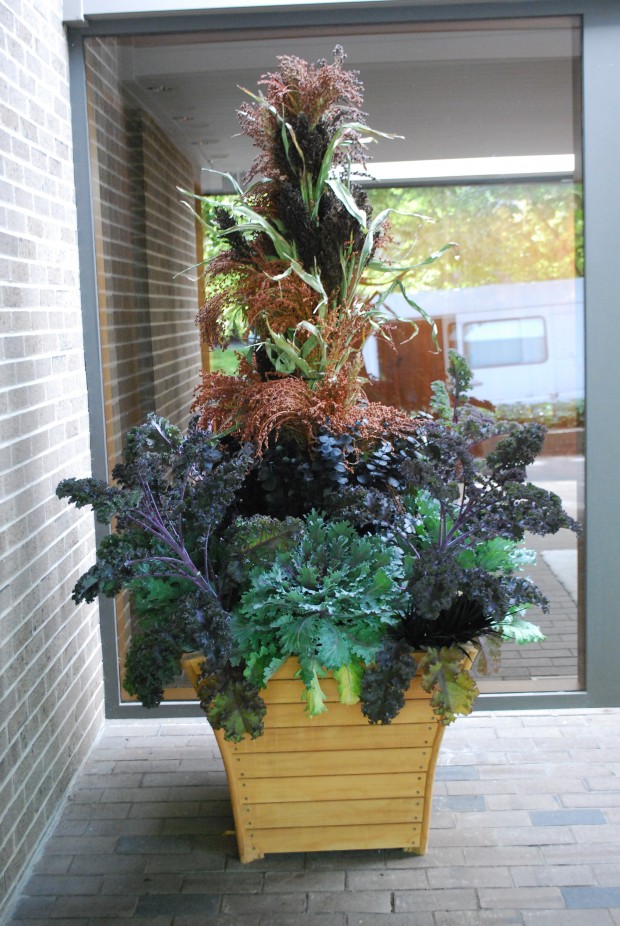 Few months in the garden in Michigan can rival October. The changing of the leaves on the trees and shrubs saturates the garden with color from top to bottom. I would not say that we are having a peak color year. The factors that influence fall color are many. Factoring every variable in does not fully explain why one year is more colorful than another. But nor every plant in the garden is remarkable solely from their fall color. These photographs of the RHS garden at Wisley, taken by Rob two weeks ago, are ample evidence that the garden can persist long into the fall.
Few months in the garden in Michigan can rival October. The changing of the leaves on the trees and shrubs saturates the garden with color from top to bottom. I would not say that we are having a peak color year. The factors that influence fall color are many. Factoring every variable in does not fully explain why one year is more colorful than another. But nor every plant in the garden is remarkable solely from their fall color. These photographs of the RHS garden at Wisley, taken by Rob two weeks ago, are ample evidence that the garden can persist long into the fall.
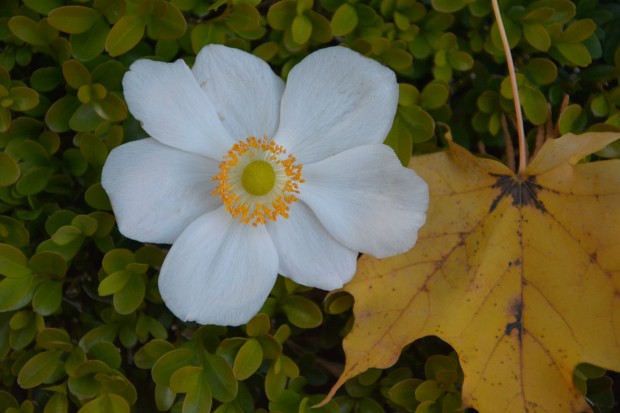 Their are those garden plants that are just late to the party. My favorite late fall perennial is the Japanese anemone. The white flowering “Honorine Jobert” is at its peak right now-the 22nd of October. It has been flowering for a month or better. I find them easy to grow-decent sun and reasonable water is all they ask for. The pink species anemone robustissima is vigorous in more shade. The fall blooming anemones are persistent; my patch has been in place for almost 20 years. Their simple flowers are extraordinarily beautiful. Atop long willowy stems, they nod in the slightest breeze. The large grape like foliage is lower, and dense.
Their are those garden plants that are just late to the party. My favorite late fall perennial is the Japanese anemone. The white flowering “Honorine Jobert” is at its peak right now-the 22nd of October. It has been flowering for a month or better. I find them easy to grow-decent sun and reasonable water is all they ask for. The pink species anemone robustissima is vigorous in more shade. The fall blooming anemones are persistent; my patch has been in place for almost 20 years. Their simple flowers are extraordinarily beautiful. Atop long willowy stems, they nod in the slightest breeze. The large grape like foliage is lower, and dense.
The fall blooming colchicum is not a perennial-it is a bulb. They are every bit as long lived as the anemones. They come up in the spring, with their long gawky leaves. Their dramatic flowers emerge from the ground, leafless, in the fall. Commonly known as autumn crocus, their flowers are crocus shaped, and over sized. They need almost nothing in the way of care, and persist in the garden. The bulbs ask for a very early fall planting. Those colchicums you see blooming in a bulb bin in the fall are blooming under stress. That said, blooming colchicum that I have taken home in the fall took hold without a missed beat.
 There are those perennials that mature in the fall-their fall statement may be just as beautiful as their summer flowering. In my garden, hardy hibiscus stems are beautiful in the fall. The large seed heads crack open revealing shiny black seeds. The remains of the flowering echinacea stems will persist late into the fall. In Rob’s photo from Wisley, I am guessing that these are the seed heads of phlomis. What a handsome statement they are making in October. To follow are more of Rob’s pictures from Wisley. The fall gardens there are stunning. The late blooming perennials and bulbs, the ornamental grasses, the fruit trees in the orchard garden, and the perennials that persist into the fall all contribute to a garden still full of life.
There are those perennials that mature in the fall-their fall statement may be just as beautiful as their summer flowering. In my garden, hardy hibiscus stems are beautiful in the fall. The large seed heads crack open revealing shiny black seeds. The remains of the flowering echinacea stems will persist late into the fall. In Rob’s photo from Wisley, I am guessing that these are the seed heads of phlomis. What a handsome statement they are making in October. To follow are more of Rob’s pictures from Wisley. The fall gardens there are stunning. The late blooming perennials and bulbs, the ornamental grasses, the fruit trees in the orchard garden, and the perennials that persist into the fall all contribute to a garden still full of life.
